Meet the Brooklyn Icons

The Brooklyn Museum is commemorating its 200th anniversary by spotlighting 200 standout objects in its encyclopedic collection.
by Corinne Segal and Elizabeth Treptow
September 9, 2024
Revisit this page to discover all the Brooklyn Icons as they’re rolled out during the 200th anniversary year. To hear audio insights into the Icons, find our digital guide on the free Bloomberg Connects app .
Welcome to the Brooklyn Museum. This is the spot where we see art as a vital force for personal transformation and bring the past into conversation with our present.
In 2024, we mark 200 years of doing things the Brooklyn way. To celebrate, we’re recognizing 200 Brooklyn Icons: a set of standout artworks from across our encyclopedic collection. These works are singular for the stories they tell, teaching us about creative innovation, social movements, and our shared humanity.
As you explore the Icons, we invite you to dive into these histories and consider what lessons they hold for the next two centuries of art.
—Anne Pasternak, Shelby White and Leon Levy Director, Brooklyn Museum
Brooklyn Museum building
The largest object in the Brooklyn Museum’s collection is the building itself! In 1891, the Brooklyn Institute, a precursor of the Museum, announced plans for a new building on Eastern Parkway. The iconic New York architecture firm McKim, Mead & White won the bid with a design for what would have then been the largest museum in the world. Construction began in 1895 and was planned in phases; only three phases were completed, about a quarter of the initial plan.
The building has since undergone numerous renovations, but many elements of the firm’s signature, European-influenced Beaux-Arts style are still visible today. Examples include the classical arches and columns, figurative sculptures in the pediment, and the lightness of building construction and materials.
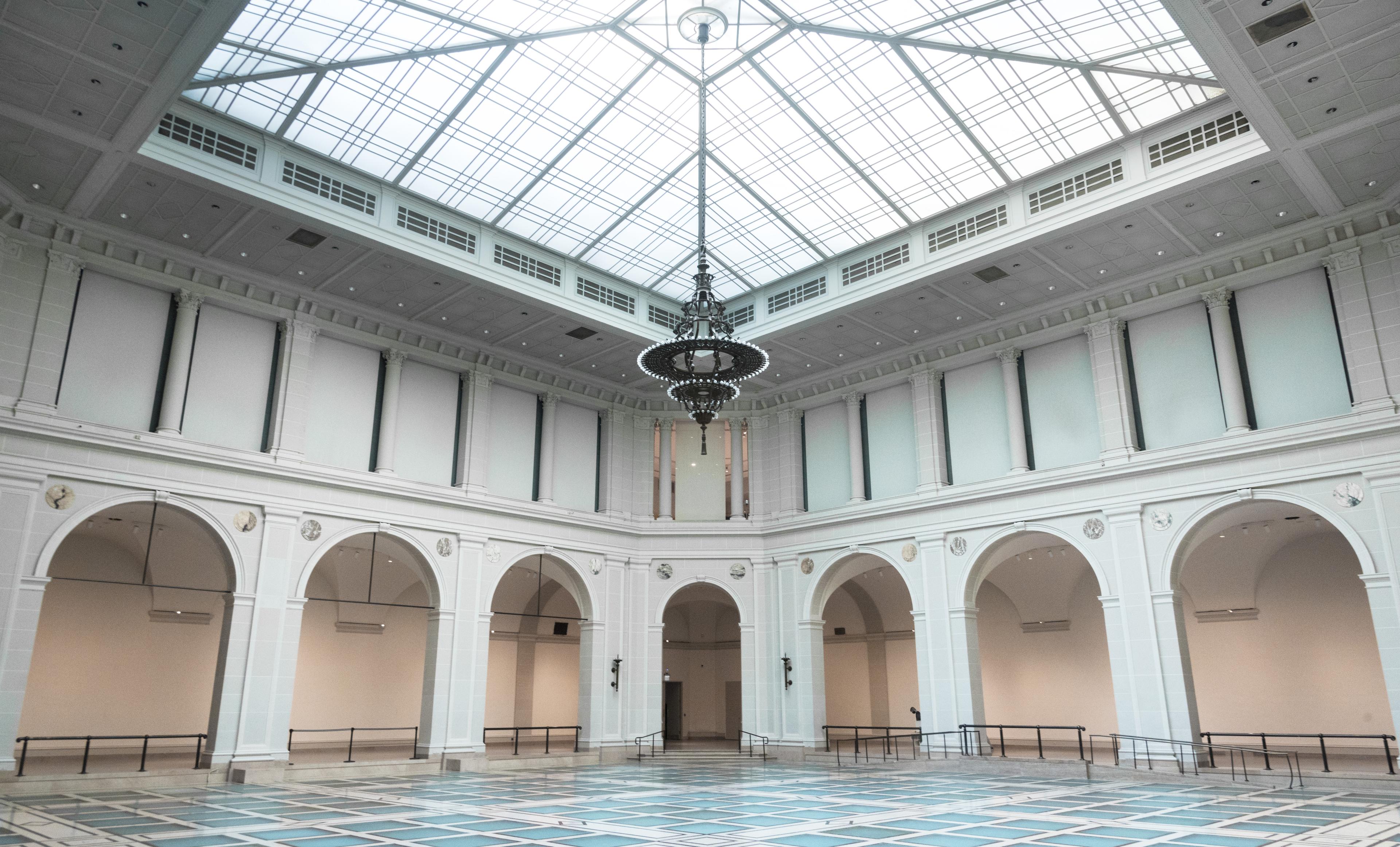
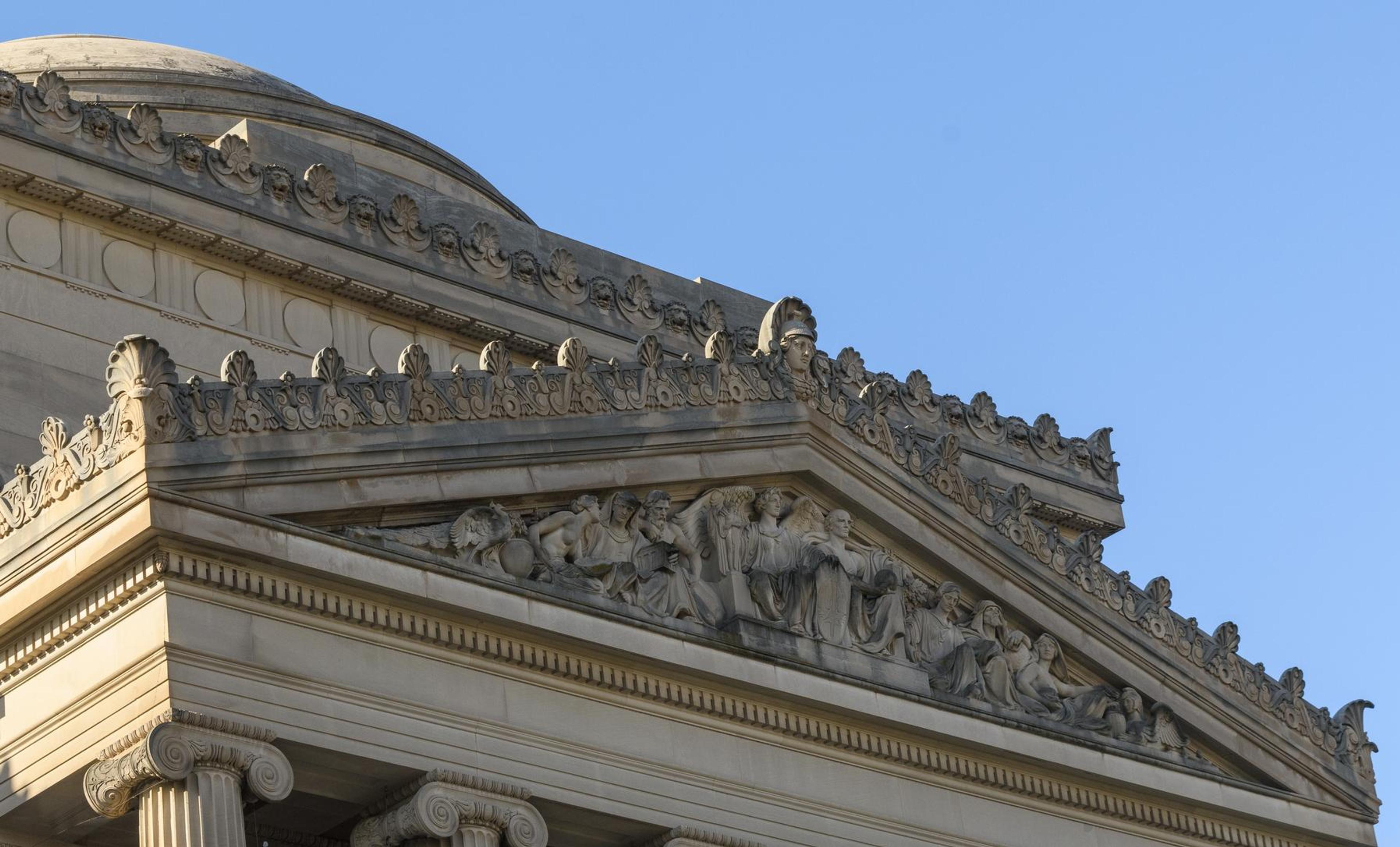
Inside, the most spectacular gallery space is the Beaux-Arts Court on the third floor. Notice the skylight and the clever use of glass flooring, which allow natural light to pass to the floors below. In other galleries you can find original mosaic borders on the floors, especially on the third and fifth stories.
Outside, the upper levels of the facade are adorned with sculptures meant to personify intellectual traditions, such as Persian Literature, Greek Philosophy, and Chinese Law. A triangular pediment at the center is dedicated to art and science; the peacock at the left represents beauty, and the sphinx at the right represents knowledge.
Meet more Icons

Judy Chicago, The Dinner Party
Judy Chicago’s The Dinner Party is an icon of 1970s American feminist art, one of the most important artworks of the 20th century, and a visitor favorite.
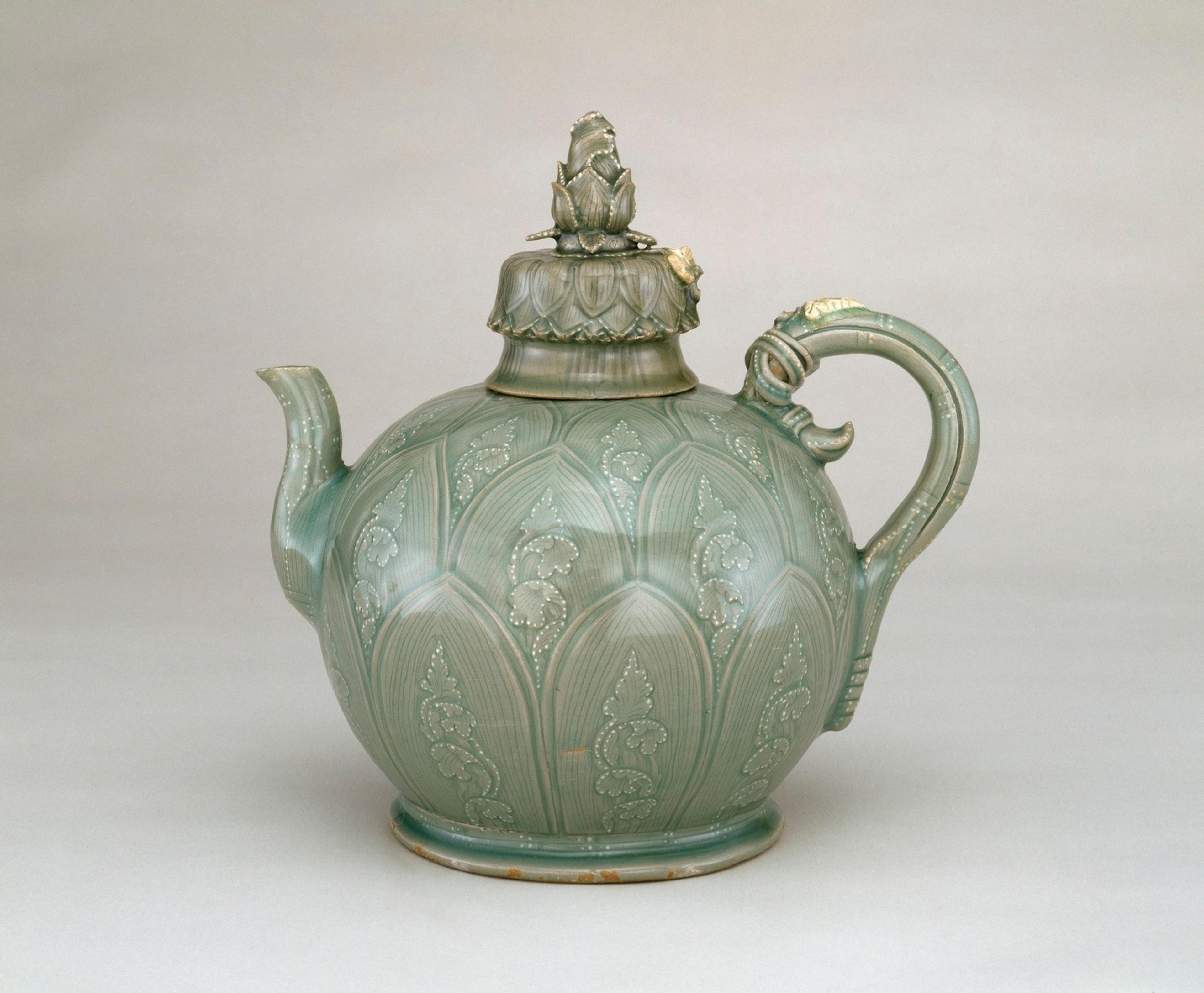
Ewer in the Shape of a Lotus
This wine-pouring vessel is a masterwork of Korean celadon, not simply for its color but for the quality of its carving—and for the unusual addition of tiny white dots that highlight elements of the design.
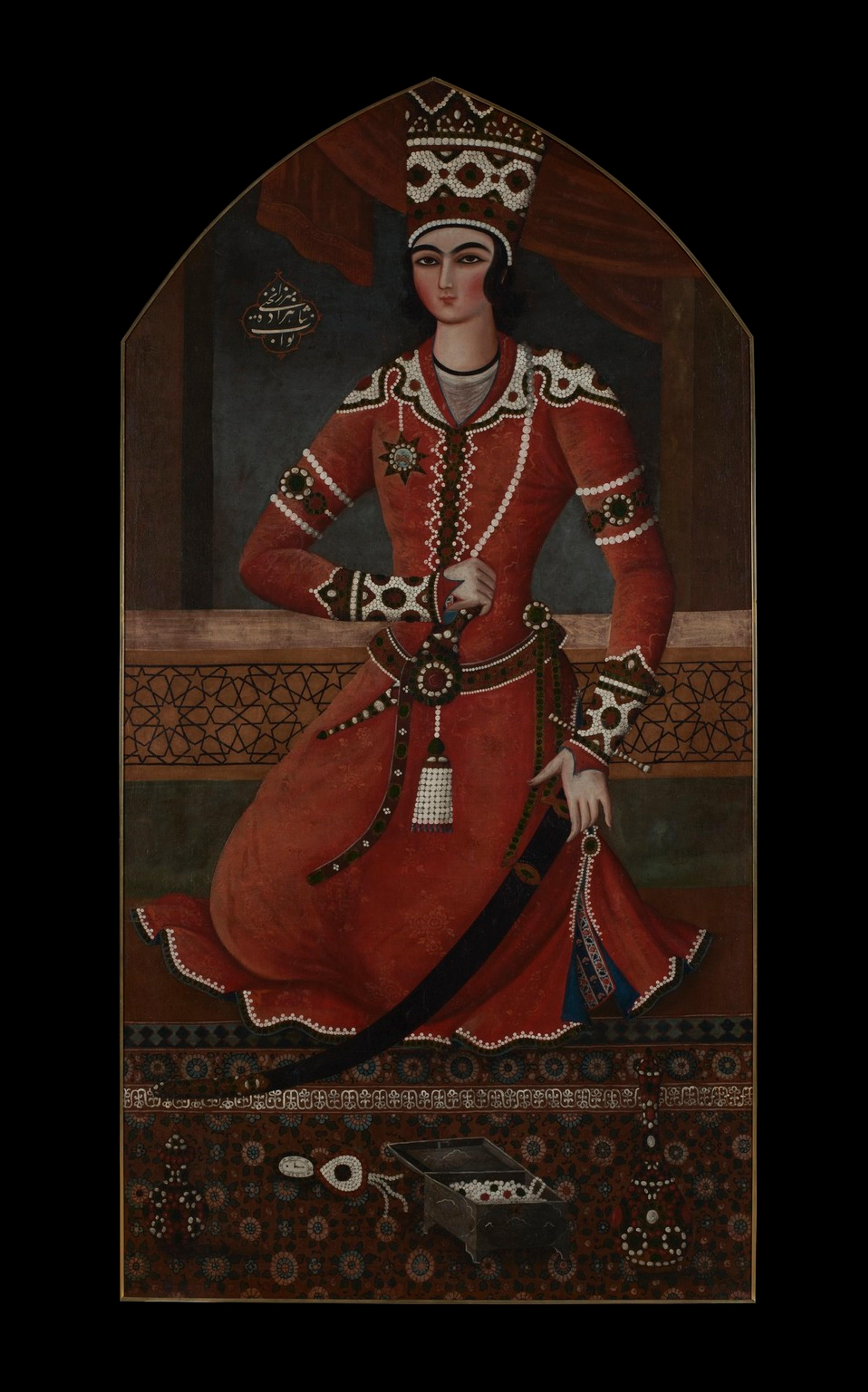
Attributed to Muhammad Hasan, Prince Yahya
Within the Brooklyn Museum’s strong collection of Qajar paintings, this 1830s portrait stands out as exceptional for its quality, royal subject matter, and lessons in art as a tool of power.
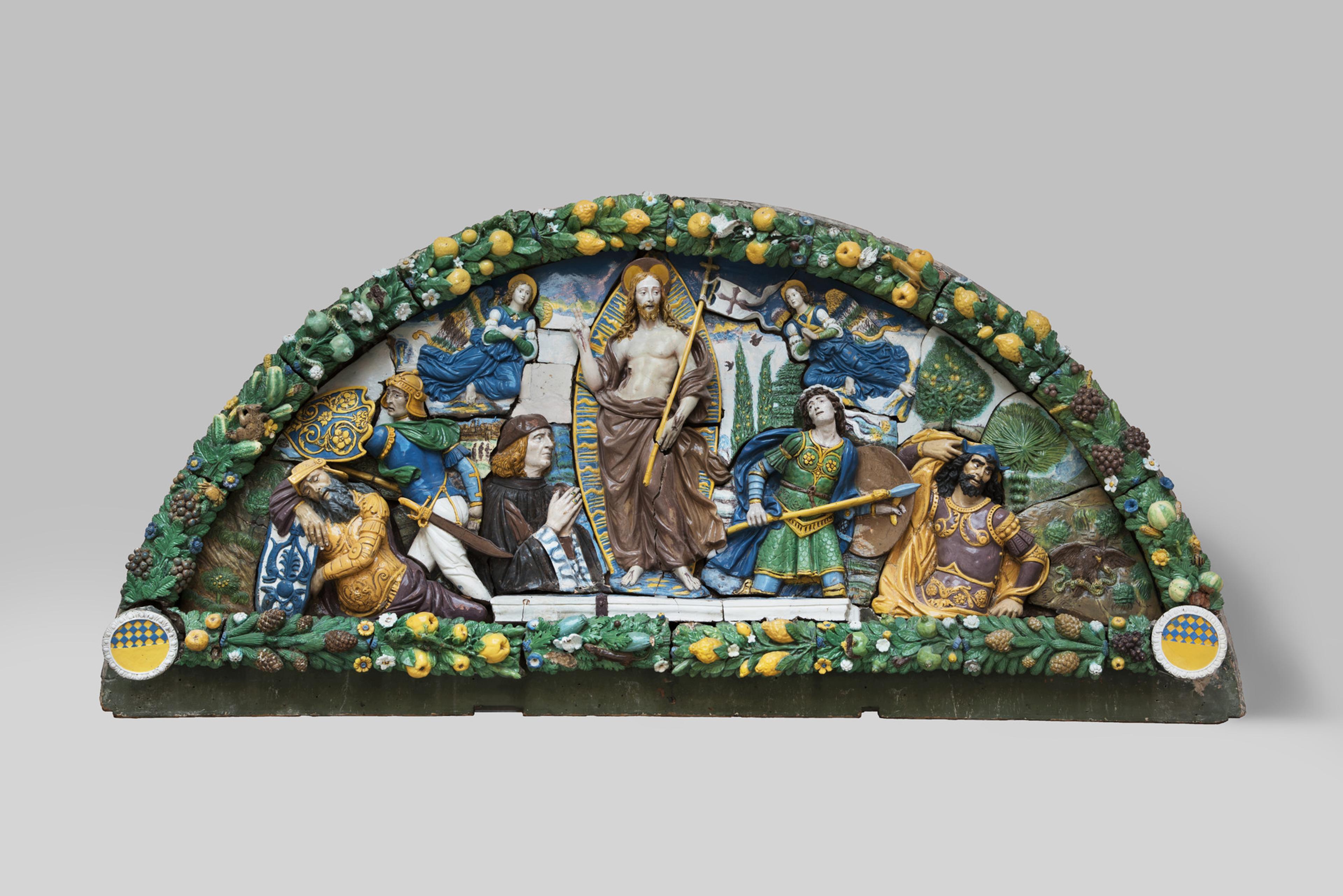
Giovanni della Robbia, The Resurrection of Christ
The Resurrection of Christ was one of the Museum’s first major European art acquisitions and the first Italian Renaissance work to enter the collection. The della Robbia family workshop was known throughout Italy for colorfully glazed terra-cotta sculptures and this one, comprising 46 pieces, is a superlative example.
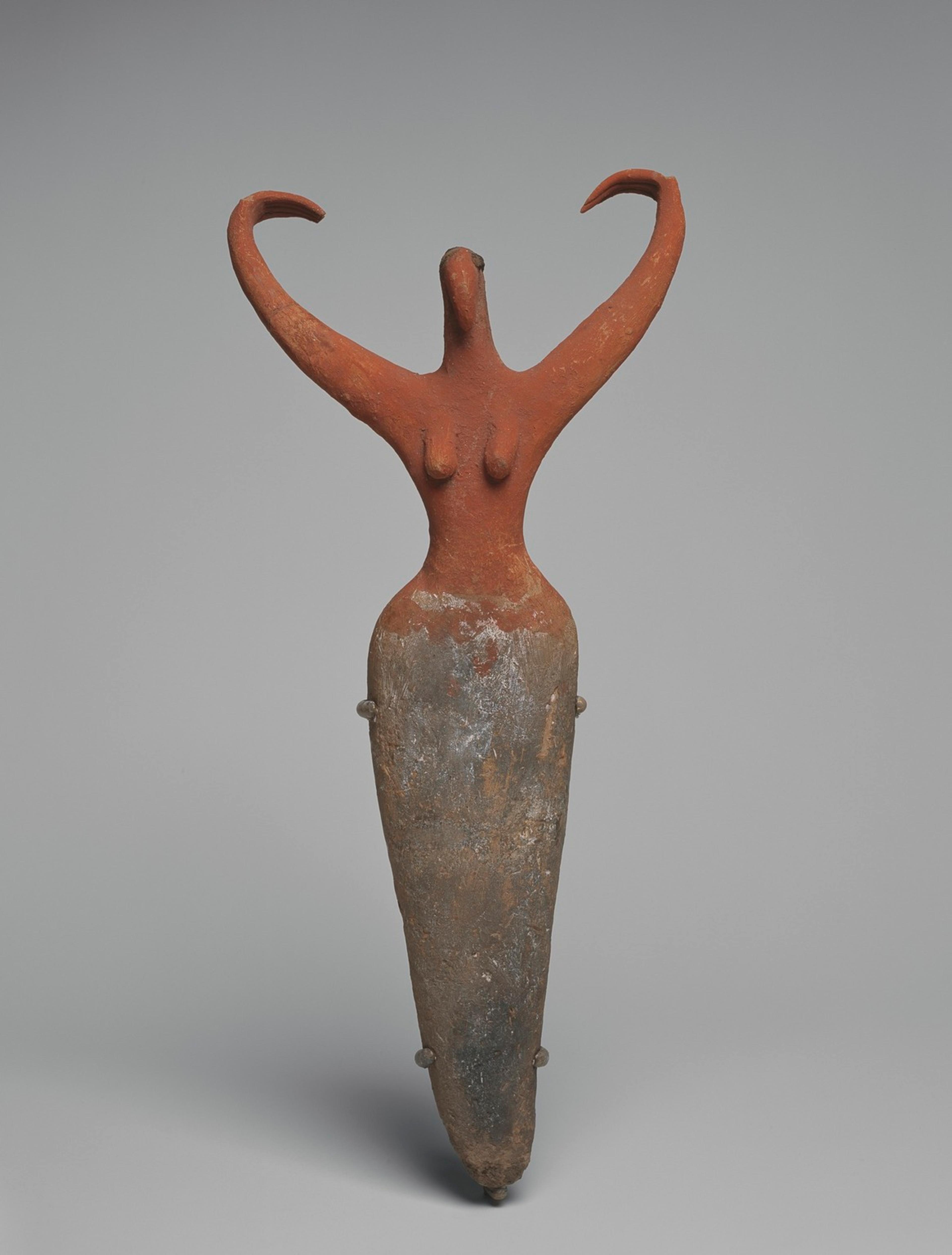
Female Figurine
This dramatic terra-cotta female figurine is one of the Museum’s oldest objects. Its level of preservation is remarkable. Although a few other examples of such figurines exist, this is the only one that is fully intact.


Karl L. H. Müller and Union Porcelain Works, Century Vase
Roberto Lugo, Brooklyn Century Vase
The Brooklyn Museum’s two “Century Vases” prompt lively conversations about American history and settler colonialism, as well as a contemporary cultural landscape where people of color thrive and triumph.
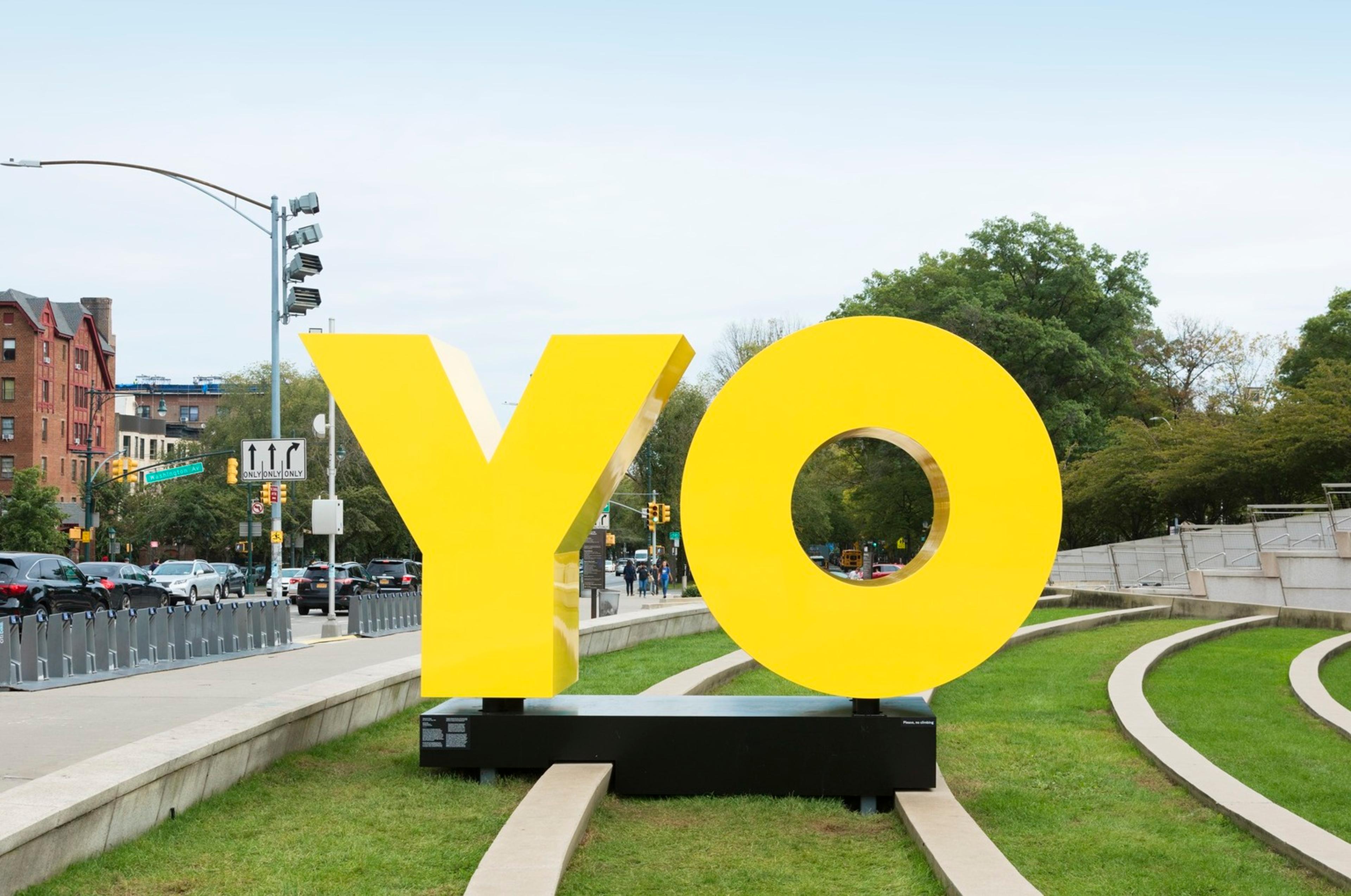
Deborah Kass, OY/YO
OY/YO is Deborah Kass’s monumental tribute to Brooklyn’s rich cultural landscape. “Yo,” a familiar greeting, and “oy,” an emphatic exclamation, are both baked into Brooklyn’s shared vocabulary thanks to the influence of local Black, Italian American, and Jewish communities.
Corinne Segal is Senior Digital Producer at the Brooklyn Museum. Elizabeth Treptow is Digital Content Producer at the Brooklyn Museum.

Proud Sponsor of the 200th Anniversary Celebration
